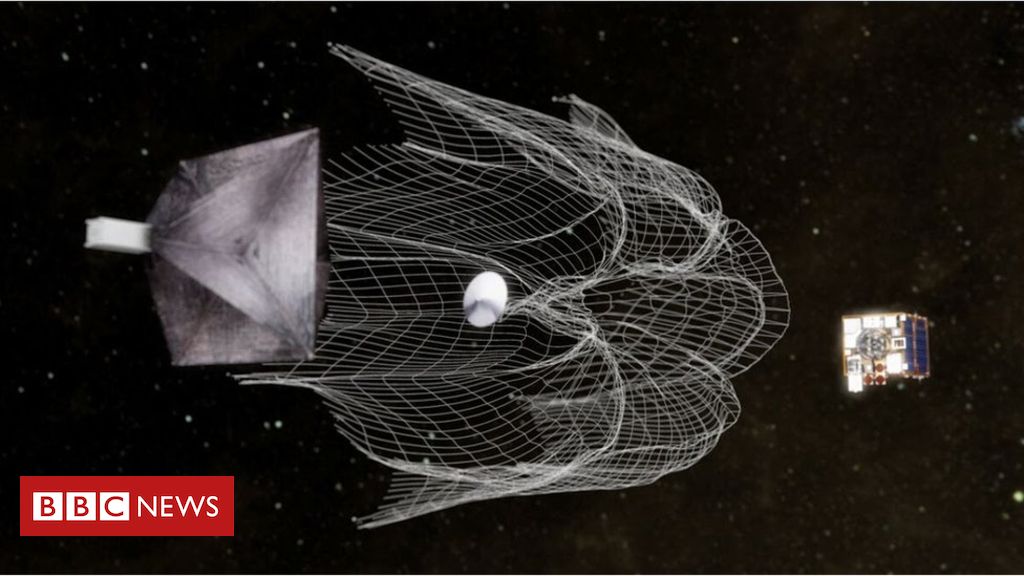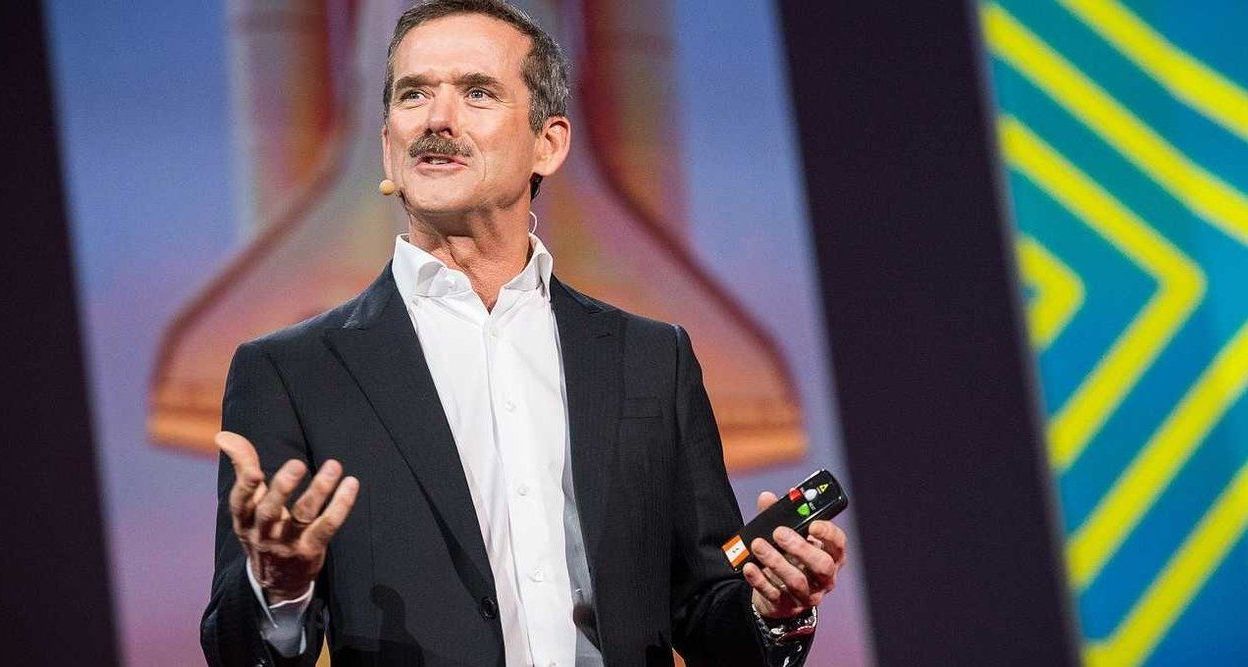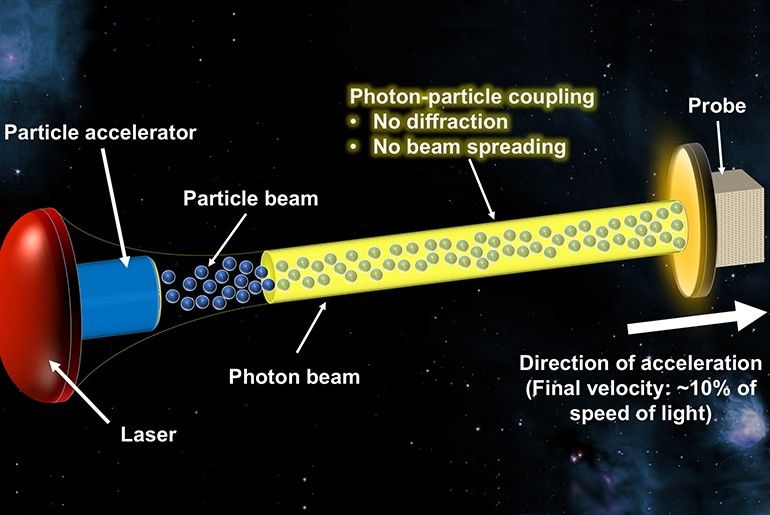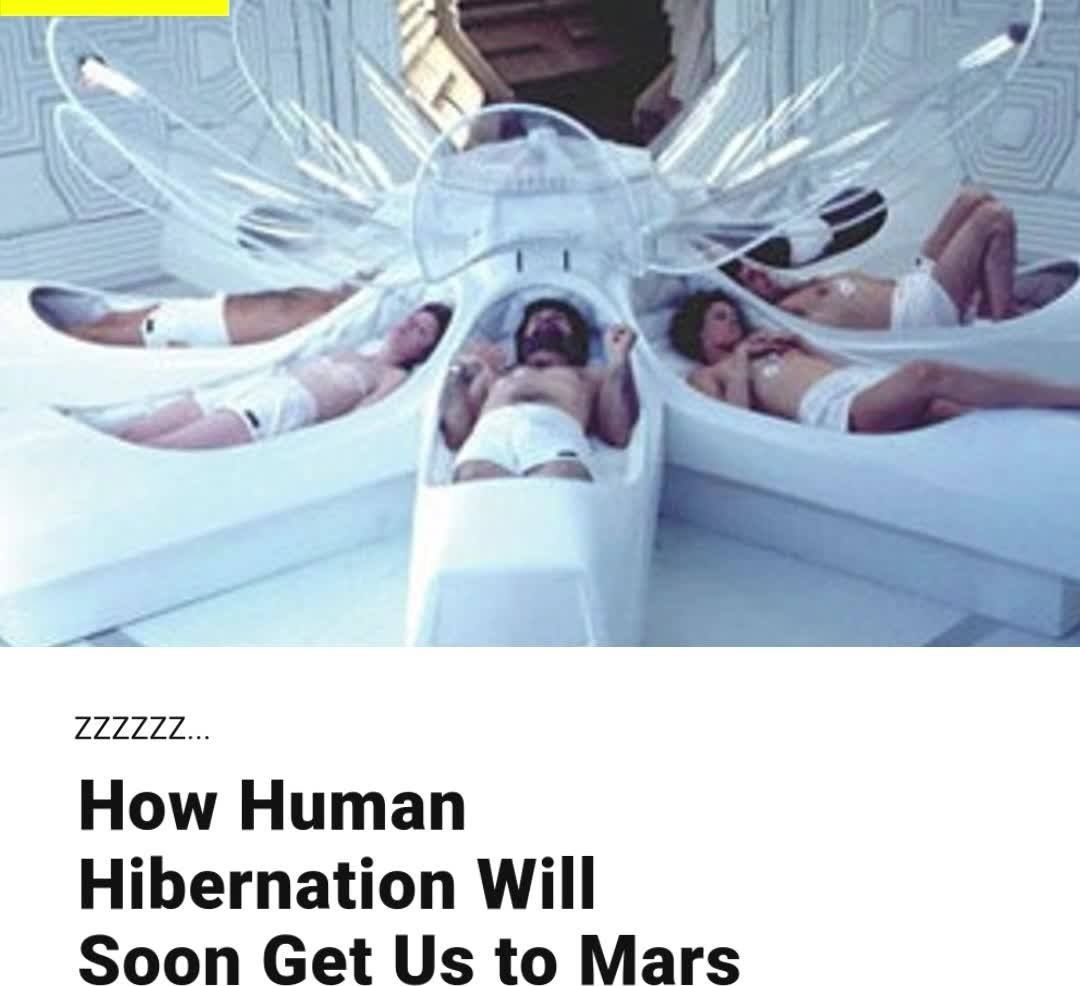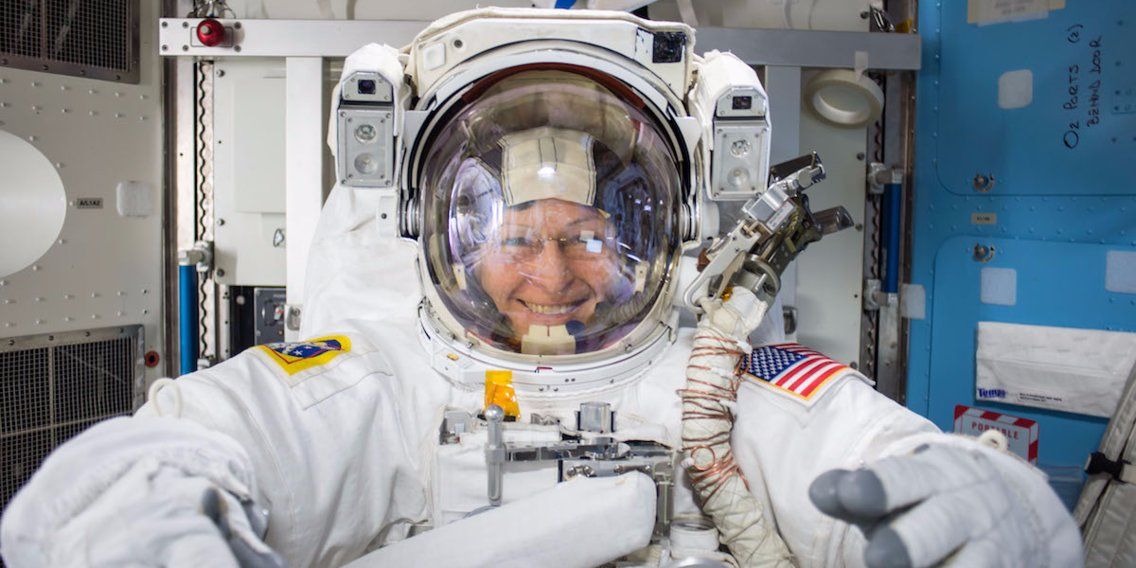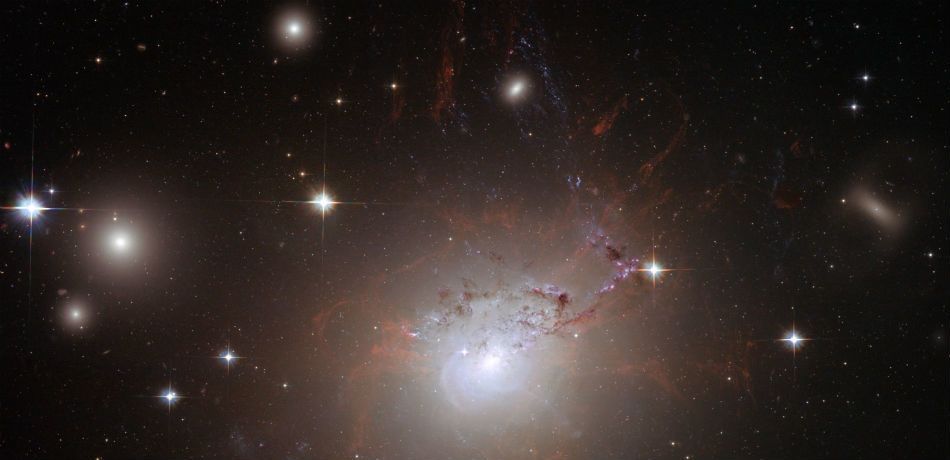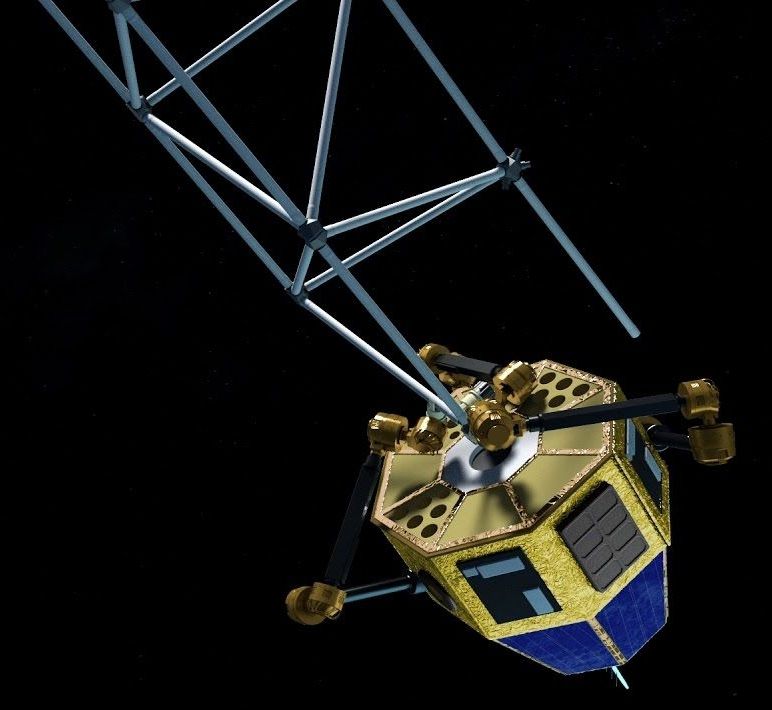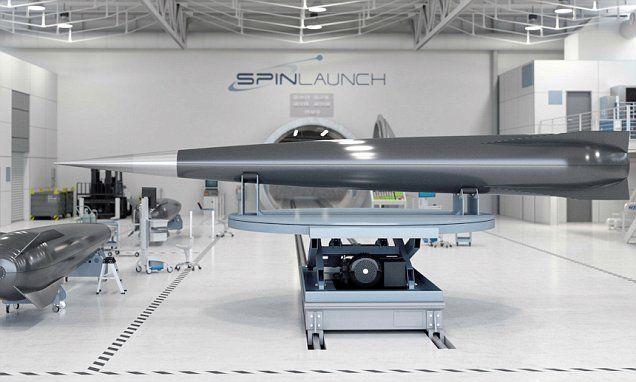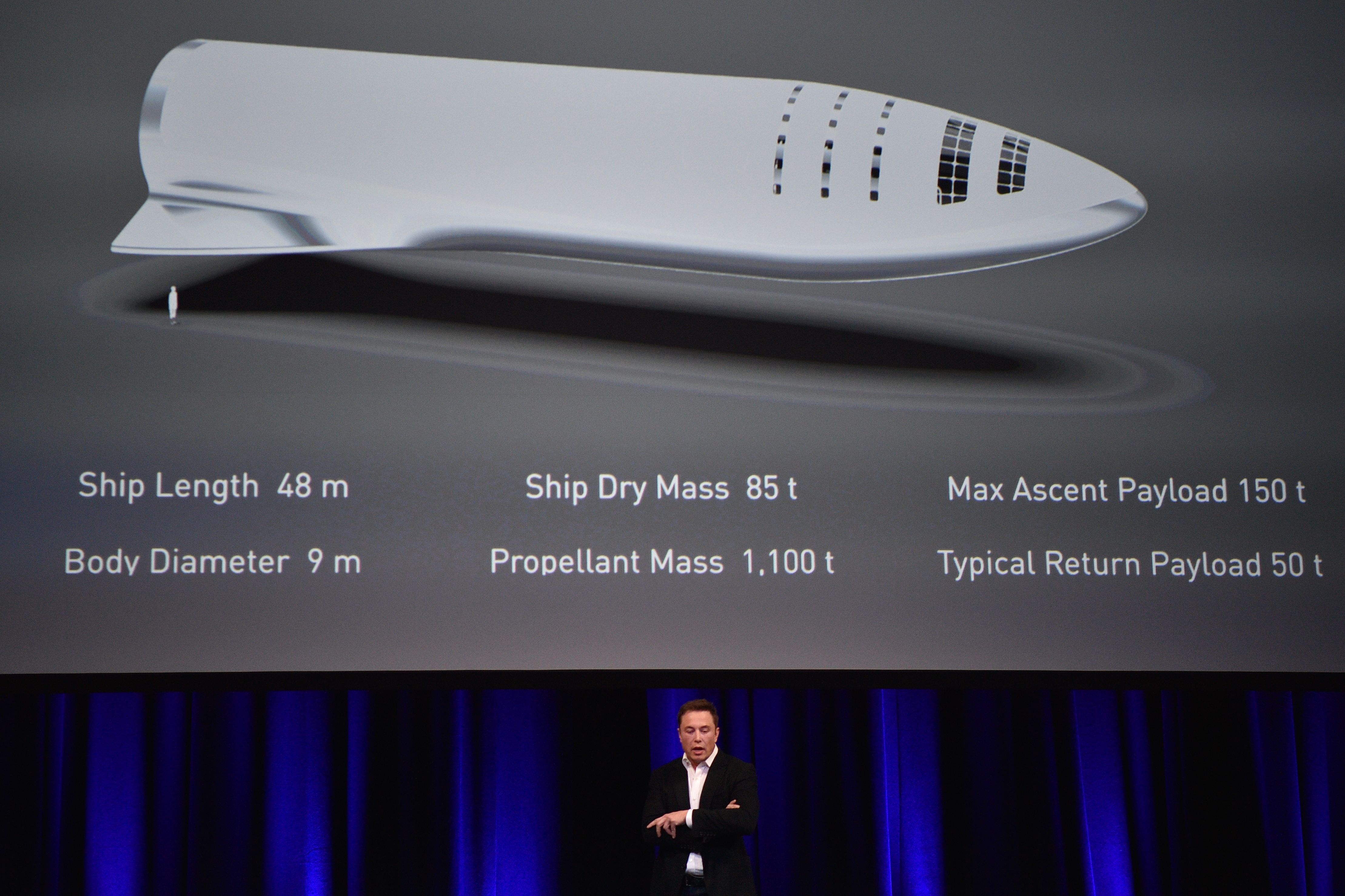The £13m RemoveDebris spacecraft was taken to the ISS in April and stored onboard ahead of Wednesday’s release.
The spacecraft was pushed out of an airlock where a robotic arm then picked it up gave it a gentle nudge down and away from the 400km-high lab.
In the process, RemoveDebris became the largest satellite to ever be deployed from the International Space Station. The time was about 12:35 BST.
